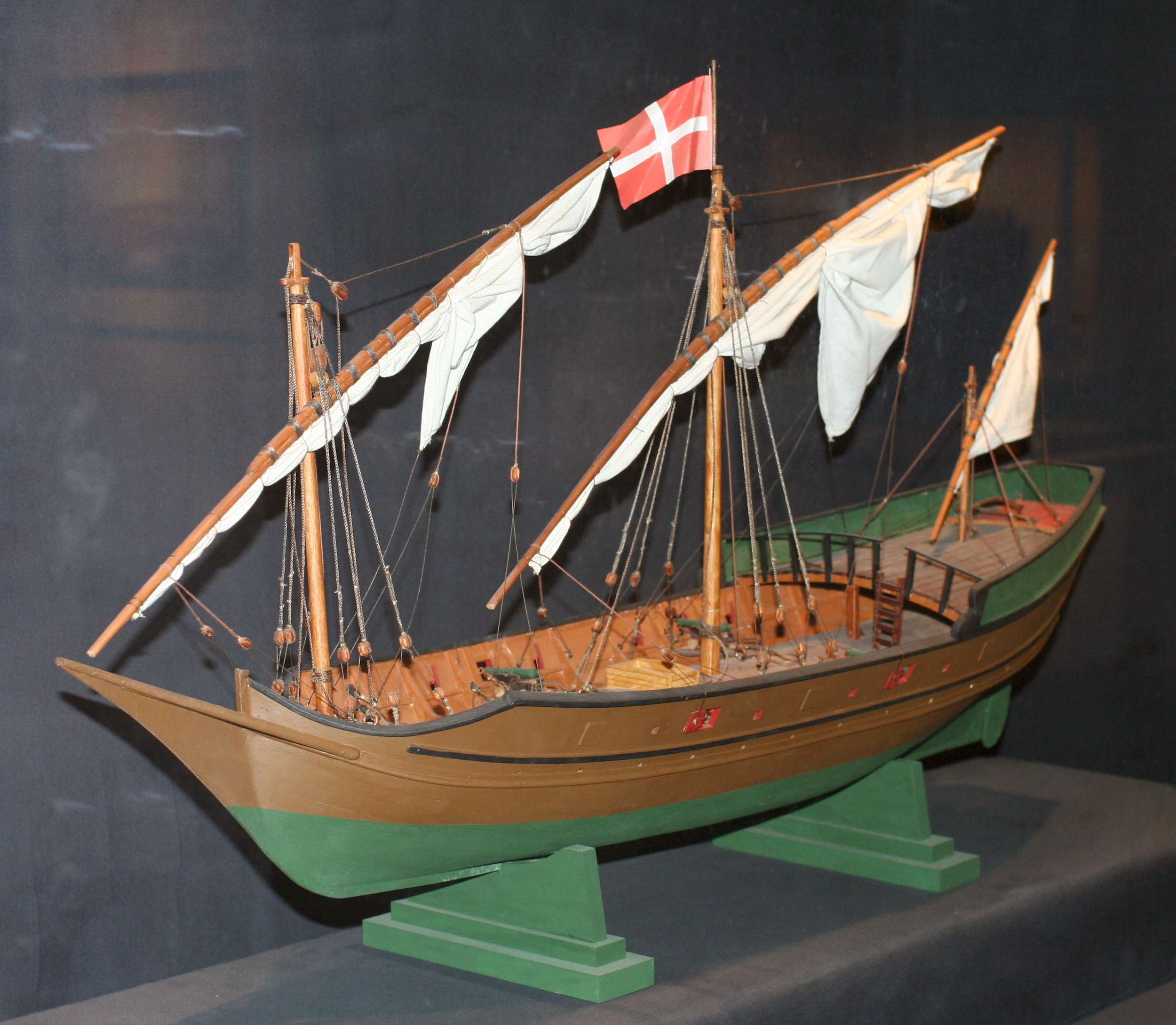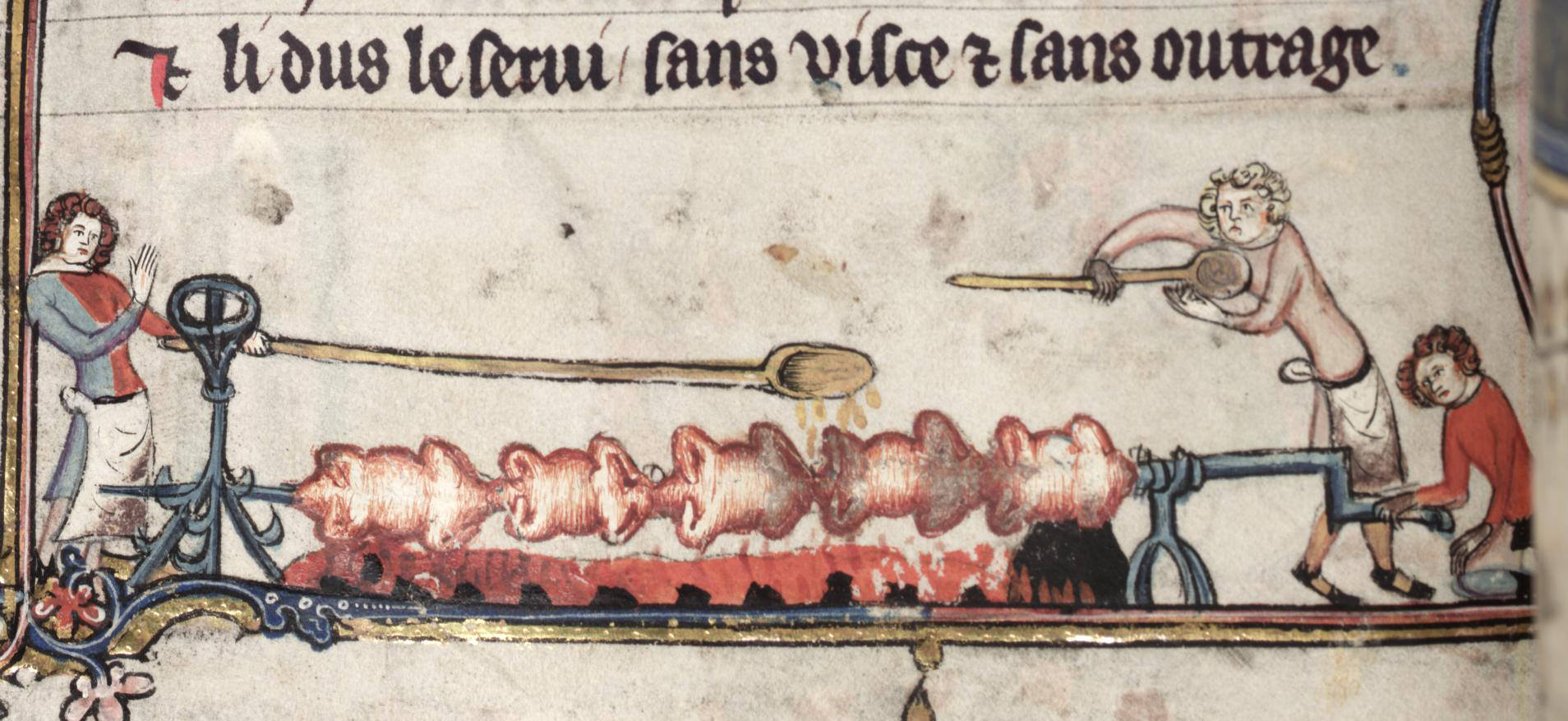It is January, 1836. On the banks of a soggy, muddy river, inland from a sheltered bay, a collection of tents and simple, wooden buildings are gathered around what one man declared would be “the place for a village“. In time, it would become the gold-rich capital city of Melbourne, in the Australian state of Victoria.
In 1836, however, the city is barely six months old. It is a tiny community of freed convicts, free settlers from England and the other colonies around Australia, and the various squatters who have staked claims in the area and moved in on the land. There is almost no other Western civilisation around for hundreds of miles. The nearest major towns are Sydney, and Hobart, several miles to the north, and south, respectively. Melbourne, as it was in the 1830s, was completely on its own.
Collins Street in central Melbourne as it appeared in 1839.
One reason for this is because it’s so hard to get there by sea – the coastline is smashed constantly by powerful waves driven against the rocks by the currents and waves thrown up by the wild storms of the Southern Ocean off of Antarctica. Whoever sails beyond the heads of Port Phillip Bay, sails into a patch of ocean which, even on a nice day, is dangerous territory.
It was through these notorious waters that three sailors maneuvered their boat parallel to the shore, sailing along the coast, west of Port Phillip Bay, and past shorelines unexplored, and unsettled by white man. As far as they know – nobody has ever lived here, settled here, or even passed this way before. Suddenly, their boat capsizes in the rough waves. The three men on board are swept inland and scramble through the surf onto the beaches nearby. Nobody lives here. The nearest civilisation – Melbourne – is hours away by foot.
Trying to get their bearings, the three men head inland, climbing a high, shrub-covered sand-dune a few yards in from the beach. Once they reach the top, they are greeted by a surreal sight…

An artist’s impression of the Mahogany Ship – no images of the actual vessel were ever produced.
Splayed out before them in the sand is the worn out, rotting, wooden carcass of a once grand sailing vessel. It has been broken into at least two or three massive pieces, and has clearly been sitting there for years…decades…possibly even centuries!…in a land which supposedly – had been colonised by white man barely fifty years before.
How was this possible? Where had this ship come from? Who did it belong to? What happened to the crew? How long had it been here?
They had absolutely no idea.
Thus began the mystery of Australia’s most famous shipwreck – The Mahogany Ship.
What Is the Mahogany Ship?
The ‘Mahogany Ship’ is Australia’s most enduring maritime mystery. It refers to the wreck of a large, wooden sailing ship which was driven up onto the Victorian coastline roughly halfway between the towns of Port Fairy to the west, and Warrnambool, to the east. For nearly two hundred years, generations of Victorians have been scratching their collective heads over what this ship was doing there, how it got there, what it was transporting, and what happened to the people on board?
To this day, those questions have not yet been answered.
The first account of the ship came from these three sailors. Over the succeeding seventy years, more and more reports were made. As early as the 1840s, and as late as the 1870s, 80s and 90s, a wide variety of eyewitnesses from day-trippers, sailors, and nearby residents all claimed to have seen the wreck of an ancient wooden sailing ship beached on the coast, and many had speculated as to what it was doing there, how it had gotten there, and what the ship might’ve been carrying.
Why is it called the ‘Mahogany Ship’?
First, the Mahogany Ship is not actually made of mahogany. Newspaper reports, letters and witness testimonies merely speak of a ship made of dark, dense wood which they described as LOOKING like mahogany. What the ship was actually made of has never been determined.
What is the Significance of the Mahogany Wreck?
The most accepted theory is that the Mahogany Ship is the wreckage of a Portuguese or Spanish ship, part of an exploratory fleet which is believed to have sailed past Australia during its explorations of the continent…in 1522. This is significant because, if it’s true, it would mean that Western contact with the Australian continent could be traced all the way back to the early 16th century…a time when Henry VIII still sat on the throne of England! It would also blow out of the water the known historical timeline, that Dutchman Willem Janszoon discovered Australia eighty years after this date, in 1606!
If the ship was part of this exploratory fleet, then it was most likely a caravel – an early type of sailing vessel, commonly used in the 15th and 16th centuries. That being the case, it probably looked similar to this model of a caravel, in a museum on the island of Malta…

Even by the standards of the early 1500s, caravels were not considered large ships. At best, they were perhaps 40-65ft long, maybe 70ft at best (approx 12-32m). Imagine sailing something that tiny from somewhere like Portugal or Spain, halfway around the world into waters which were completely unknown, uncharted and unseen by Western eyes, with absolutely no certainty of getting home!…and then wrecking your ship on the coast of some far-off, uncharted island! Now there’s the business-trip from Hell…!!
What Do We Know about the Mahogany Ship?
Honestly? Not much. To date, the ship, if it exists, has never been found. We don’t know what it looks like, or where it is.
Wait…what?
Yep, you heard me. We know almost nothing about it. See, the Mahogany Ship was discovered in the mid-1830s. From the 1830s to the 1880s, the ship was subject to intense local speculation. Locals, day-trippers to the nearby beaches, and sailors from nearby whaling ports all testified that wedged in the high sand-dunes inland from the coast was the wreck of an ancient sailing vessel, complete with hull and masts.
Well, you might ask – if the bloody ship’s there, we can photograph it, right?
No we can’t.
We can’t, because we can’t see it.
We can’t see it, because by the late 1870s, and by the 1880s certainly – the entire ship had been buried by the shifting coastal sands, blown inland by the offshore winds (which created the very dunes which have entrapped the ship). Testimonies from two women stated that the last time any part of the Mahogany Ship was seen above the ground was in 1878. By 1880, the ship had completely disappeared.
That was 130 years ago.
In the century and nearly four decades since that time, the ship has been entirely buried by shifting sands, and the Mahogany Ship went from local curiosity to local legend and myth.
Can’t we just go and…I dunno…dig it up!?
Probably! IF you know where to look! And that, has been one of the chief reasons why the ship has not been discovered yet – few eyewitness testimonies give accurate directions to where they found the wreck!
The most accurate one came from a man named Alexander Rollo, who wrote a letter in 1890 to The Warrnambool Standard. This letter gives the most accurate description of where the wreck is believed to have been buried, and his description runs thusly:
“I remember a wreck that was lying high above high-water mark. Her stern was pointing towards Port Fairy [to the West], and…her timbers were standing 3-4ft above the sand, surrounded with vegetation. From the position and appearance of the wreck, I am perfectly sure she came ashore before the district was inhabited by white people.
She could not be seen from the water’s edge, being high up in the hummocks [dunes]. The wreck was 1/4mi (quarter mile) east of Gorman’s Lane, and four chains north of the sea” – Alexander Rollo, 1890.
Great! We have two reference points – a laneway, and a beach, and definite measurements!
Gorman’s Lane (today called Gorman’s Road) still exists. A quarter mile from there should be easy enough to measure.
…But…what’s a chain?
A chain is an old-fashioned unit of measurement, commonly used by land-surveyors back in the 1700s and 1800s. It possibly derives from the surveyor’s measuring chains used to calculate distances. One chain is 22 yards. There are 1,760yd in a mile, so a quarter of that is 440yd.
Great!
440 yards from the east of Gorman’s lane, and 4 chains (4 x 22yd = 88yd) in from the coast! X marks the spot! Start digging!
Right?
Ehm…not quite.
There’s a number of reasons why the Mahogany Ship, if it still exists, hasn’t been discovered yet.
Why not!?
Well, simply put, it’s a large area of land to cover and caravels, as we’ve shown, are not very large boats. Big enough to cross an ocean, but they’re no gigantic, steam-powered ocean liners; they’re small, wooden sailing ships. On top of that, the ship by now, nearly 200 years later, would be well buried under several meters of shifting sand, blown in from the coast.

This is a Google Maps image of the site in question. Port Fairy lies to the west, Warrnambool to the east. The road once known as Gorman’s Lane, is on the western edge of the photograph, marked in blue.
The yellow-bordered area represents the largest possible search-area for the Mahogany Ship, and the blue area represents its most likely burial-spot, based on the measurements and directions given by Alexander Rollo in 1890. As you can see, it’s still a pretty big space to cover – several hundreds of square meters. Where would you start!? And keep in mind that you’d have to dig down at least three or four meters (approx 9-12ft) before you would even reach the level of the top of the ship!
For any serious excavations to begin, you’d first need to be pretty damn sure that there was something down there, worth digging up. Secondly, you’d need the money, manpower and machinery to clear several tons of sand and shrubbery. Thirdly, you’d need government permission to hack up such a massive chunk of land and, if you did find the Mahogany Ship, that’s not the end of it!
Wood buried in sand for hundreds of years will remain safe and fine for millenia, because it’s relatively dry and shielded from the elements. But the moment it’s exposed to oxygen, it can start to rot and crumble. This is what happened in Europe when the 16th and 17th century shipwrecks The Mary Rose, and the Vassa were raised from the sea-floor and taken out of their own protective cocoons (in their case, seawater).

The flagship of Henry VIII, the Mary Rose would likely be the same age as the Mahogany Ship. This is the Mary Rose today.
Although both ships are now safely on display in museums, before this time, extensive conservation efforts had to be made to stop the wood from deteriorating into nothing.
These reasons are why the Mahogany Ship, if it remains to be discovered, as yet hasn’t been discovered. The hurdles to overcome in finding it, digging it up, and preserving it are significant, and until they can be, the ship will likely remain buried for several more years to come.
Does the Mahogany Ship Really Exist?
How do we know this isn’t some sort of fraud or hoax? Does the Mahogany Ship really exist?
I personally think that it does. Trawling newspaper accounts from the 1800s seems to give plenty of evidence from separate witnesses, and Australian history is so patchy and jumbled that a ship from centuries ago really could conceivably have been wrecked along its southern coast, at a time when the shorelines would’ve been vastly different to how they are today.
Only time, careful surveying, a proper archeological dig, and proper preservation of any finds will ever yield any serious answers, though. But if that ship does exist, and if it is found – it could change the entire timeline of recorded Western contact with Australia, and Australian history on a whole.














